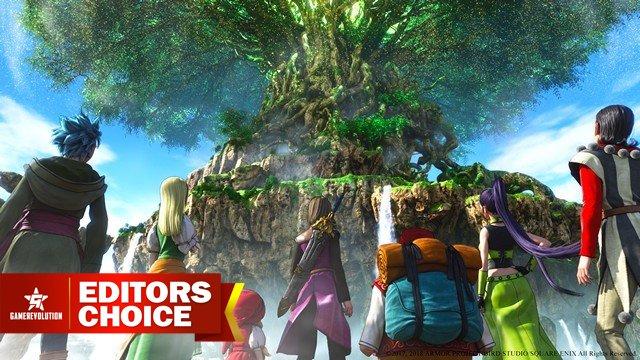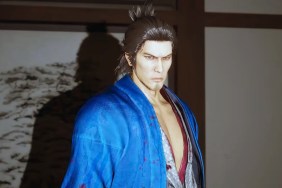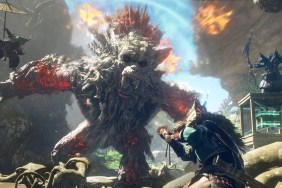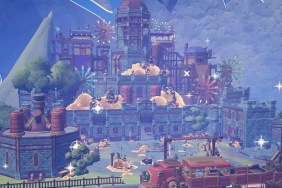In the brief time they’ve been around, many video game genres have flourished, stagnated, died, and been reborn repeatedly. There are a few institutions, though, that stood no matter what. While turn-based RPGs have fallen in and out of vogue over the last few decades, Dragon Quest is one of those series that has a diehard fanbase regardless of what the rest of the market is doing. However, with diehard Japanese franchises like Final Fantasy adapting to modern gameplay conventions, I wondered if Dragon Quest 11: Echoes of an Elusive Age would come off as a nostalgic romp through a traditional JRPG or as overly sentimental for outdated game design.
Dragon Quest 11 is very much an old-school RPG. Take off the veneer of current-gen graphics, and you’re left with a game that would very much be at home amongst the 16-bit greats. Sure, there’s more complexity in almost every category, but you can draw a straight evolutionary path from the first Dragon Quest to this one. The real question is whether or not that’s a good thing.
Dragon Quest 11 Review: An Oldie, But a Goodie
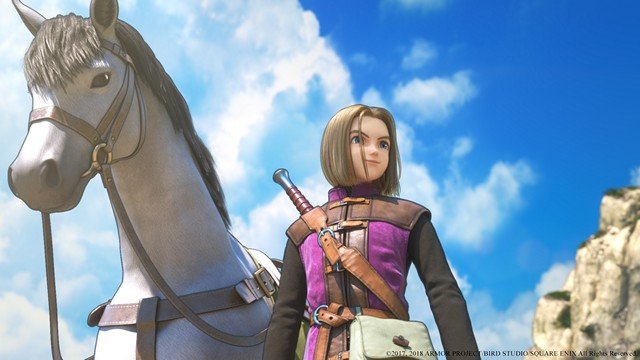
The game begins with you, the nameless and voiceless hero, turning 16. In your home, the small and suspiciously insignificant village of Cobblestone, when a citizen turns 16, they must climb a nearby mountain as a right of passage. Once they complete this, they’re adults.
You head up the mountain with your childhood friend, Gemma, who was born the same day as you. When you reach the top, a monster appears, but fortunately, you’re the reincarnation of the Luminary (a.k.a. the chosen one), and a mark on your hand starts glowing, and a lightning bolt obliterates the evil creature.
After you descend the mountain, your mother lets you know you’re adopted and that you need to seek out the king of the land at the capital, Heliodor, and seek his guidance. After that, you’re off into the wide world to find out exactly what being the Luminary is all about.
The story isn’t altogether original, but I don’t believe it ever set out to be. Dragon Quest 11‘s narrative is a refinement of the tropes we’ve seen in JRPGs since the original was released on the Famicom 32 years ago. It’s a classic story with a fair share of twists and turns, and it’s as much an homage to the rest of the Dragon Quest series as it is an original game.
The real draw to Dragon Quest 11 isn’t just the main narrative. Square Enix has crafted a vibrant world and getting to know the citizens and locations of Erdrea is a big part of the attraction here.
Dragon Quest 11 Review: All Around the World
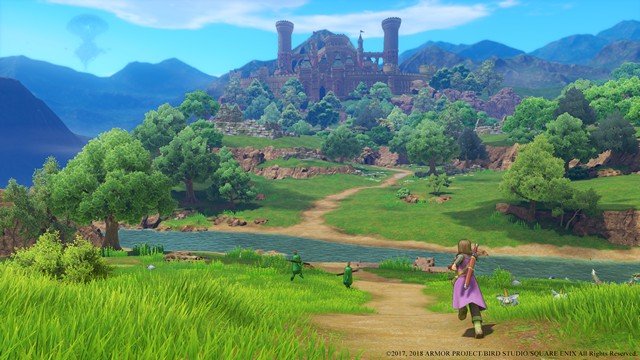
There’s a lot of charm to be found in Erdrea. Again, you’ll see a lot of tropes in play, but Dragon Quest 11 is self-aware of its nostalgia. You’ll see a lot of places that are instantly familiar. Cobblestone, where you start the game is the quintessential sleepy village, and Heliodor is a bustling castle town.
Where the game really excels is how it takes you through all of this. Dragon Quest 11 gives an excellent illusion that it’s open world while taking the player through a fairly linear journey. There’s plenty of side quests, and you often have the option to backtrack to previous locations (with fast travel being an option later in the game), but the way forward is almost always crystal clear.
The way your journey is laid out is very reminiscent of Final Fantasy 12, albeit on a grander scale. Areas connect to each other via narrow points, and it’s all meant to funnel you towards landmark locations. Instead of empty plains that go on forever, almost all of Dragon Quest 11‘s areas have a focal point or serve to draw you towards the next big thing.
Even though the environments are linear, they’re plenty varied. Cobblestone and Heliodor are reminiscent of Western European architecture and culture, but as you journey through Erdrea, you’ll visit other locales that incorporate cultural tradition from all around the Earth. I loved seeing these microcosms of real-world culture because they’re so familiar, yet make Erdrea feel incredibly varied in comparison to many JRPGs.
Dragon Quest 11 Review: Scenic Vistas and Medieval Dragon Ball
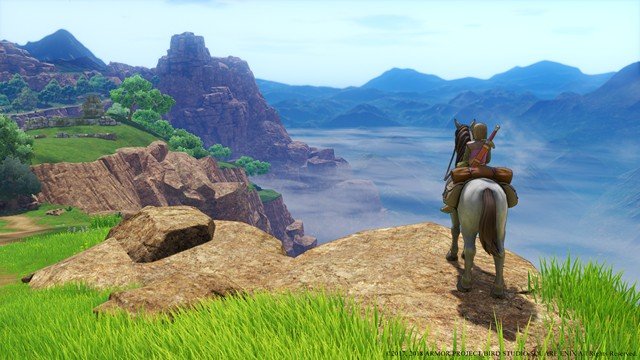
The sights in DQ11 are breathtaking. Whether or not you enjoy the character design really comes down to if you’re a fan of Akira Toriyama or not. He has a very particular style, and if you haven’t played a modern Dragon Quest game just imagine a medieval Dragon Ball Z and you’ll probably be pretty close to the mark.
I personally enjoy Toriyama’s work, and since I’m a fan of Dragon Ball and Chrono Trigger, Dragon Quest 11 pulls nostalgia double duty for me. I will say that although each of your party members has their own unique style, background, and character, some of the NPC designs really run together. As much as I loved the varied cultures of Erdrea, it was a little jarring sometimes that the same short, rotund man seems to have close relatives in every single settlement.
DQ11 runs on Unreal Engine 4, so you can expect all the modern bells and whistles when it comes to lighting and effects. Square Enix did make the decisions, though, not to overdo it with things like lens flare, chromatic abrasion, shadowing, and other visual effects. The characters and environments keep a soft, somewhat cel-shaded look that really helps give it that hallmark Dragon Quest look.
Dragon Quest 11 manages to look extraordinary while not getting too far out of its element. The expansive backgrounds and unique art style give it a look that certainly can’t be found elsewhere.
Dragon Quest 11 Review: The Sound (and the Fury)
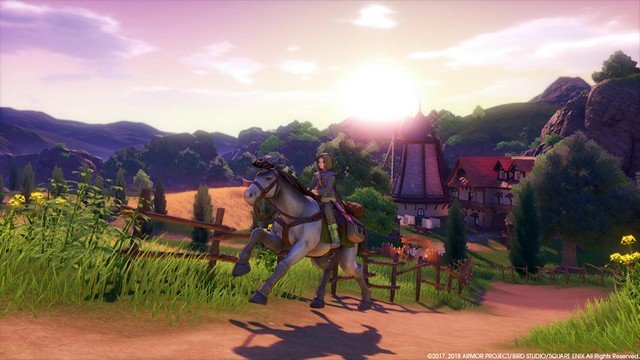
I was torn on the sound in DQ11. When I started the game, I absolutely loved the orchestrated pieces. They’re absolutely vibrant and give that sense of grand adventure. The game also incorporates a lot of classic Dragon Quest sound effects that give you a little zing of nostalgia each time you hear them. Saving for the first time, in particular, took me back to fond memories of previous Dragon Quest adventures.
However, in the lull between major events, the big orchestra pieces become a bit too much. When you’re just riding your horse, or grinding for experience, you just don’t need a full woodwind and brass section to narrate your actions. I think the game could have done with a little bit more chill out music so that when significant events did occur those orchestrated pieces would pack more punch.
Dragon Quest 11 Review: A Familiar Way to Fight
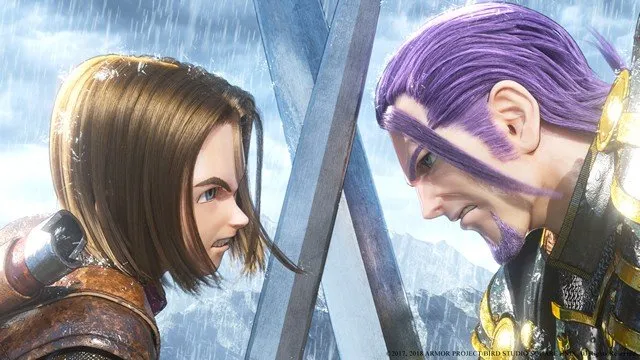
Combat is likely to be where this game is most divisive. The same turn-based combat system that has served the series since its first entry makes its return. There are a few quirks, but for the most part, your party members wait to take action against an enemy and vice-versa.
In Dragon Quest 11 you get a chance to chose between a fixed camera or you can move your characters around the field. I felt this is where DQ11 really missed an opportunity to push the series forward. Moving your characters around is basically just something to pass the time. Range and placement have no effect on the battle, so in essence, when you’re moving around, it’s just for the fun of it as opposed to having any strategic worth.
I would have liked to see Dragon Quest 11 follow Final Fantasy 12‘s route a bit more closely. Bringing movement and range into play would have done a lot to spice up a battle system that can be boring at times.
Dragon Quest 11 seems quite a bit easier than earlier single-player entries, so there isn’t the intense need to always stay on your toes. Early enemies can still stomp you, but with even a little grinding you’ll keep up pretty easily. The unfortunate side effect to this is that sometimes you’ll find yourself just tapping X until the battle is over. I left the movement during fighting on and just pretended like it mattered just so routine combat wasn’t just a matter of the camera switching between the enemy and my party and back again.
Fortunately, there’s a rewarding skill system that allows you to customize character’s actions in battle pretty thoroughly. You gain skill points for each level and can spend them on a grid, not unlock that in Final Fantasy 12. Each character has a unique grid and can learn skills that affect their performance and abilities with certain weapon types or allows them to cast new magic.
Since the skill tree in DQ11 seems to unveil itself a bit slower than in more recent JRPGs, I found myself really planning out each unlock in advance. It’s entirely possible to open each character’s whole grid, but you’ll find that harder fights early on will be much easier if you plan out a character’s build in advance.
Each character can only use certain weapons as well, so you’ll need to make sure you spend a decent amount of time planning out their equipment. Fortunately, in addition to purchasing weapons and armor in stores, you can make them using the Fun-Sized Forge.
The Fun-Sized Forge introduces a mini-game that allows you to build your own weapons, armor, and accessories. The advantage you get from making your own equipment is that if you use the right materials and perform well at the forging mini-game, then you’ll get boosts to your items. This means that an Iron Sword +3 that you forge might have equal stats to a regular sword the next tier up.
Of course, there wouldn’t be much use to a combat system is there weren’t monsters. You’ll see the familiar Dragon Quest line-up here. All sorts of smiling slimes and goofy golems will stand in your path as you cross Erdrea. Fortunately, you can actually see the enemies as you move around each area, and you can get a chance to trigger some pre-emptive damage if you sneak up on them and whack them with your sword before you enter combat.
I absolutely hate random encounters, so I was super relieved to see that DQ11 did away with them. Choosing your fights makes grinding and combat in general much more satisfying, and you’ll rarely run into some of the frustrating moments that were a part of Dragon Quest 8 in particular, where you just keep getting pummeled by fight after fight with no respite.
Dragon Quest 11 Review: Fetching Items for Fun and Profit
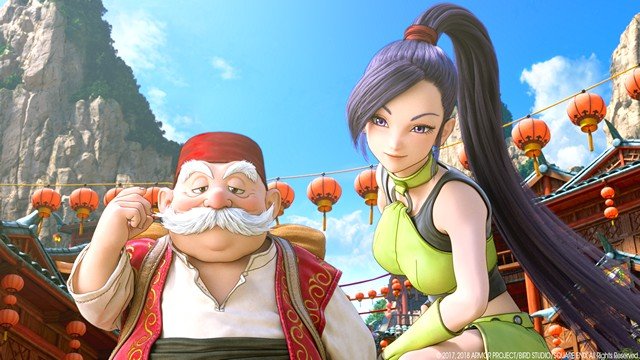
The main quest can take you an easy 50 hours or so to beat even with minimum pit stops. However, Dragon Quest 11 has a massive “post-game” even after the credits roll. When you reload back into the game after the ending, you’ll find there’s a ton of new stuff to do (as well as old stuff remaining if you haven’t gotten around to it) and there’s more story to go.
The side quests in DQ11 are fairly engaging for the most part. You’ll get your fair share of “defeat x enemy in battle # times” or “bring me x item” type of quests, but you’ll also get some that spotlight the culture of a particular area of Erdrea or help you get to know one of its citizens better. Sidequests in RPGs are a given, but in Dragon Quest 11 they give you a reason to stop and smell the roses.
Dragon Quest 11 is a linear experience, and it’s easy to get tunnel vision and just keep on walking towards the end zone. However, Erdrea is a world you’ll want to stop and drink in if you’re going to get the most out of this game. So, when someone gives you a side quest, think about taking the time to do it. It’ll give you a chance to explore and learn more about the world outside of the context of the main story.
While I don’t recommend it during your first adventure, there is also a Draconian Mode that adds replay to DQ11. Using this you can add modifiers that make the gameplay a bit differently. You can choose the option to make all the enemies in the game stronger and a whole host of other options. This is a great way to give yourself a challenge when you buckle in for a second playthrough, and some of the Draconian Mode options can lead you to things you wouldn’t get a chance to see otherwise in the game.
Dragon Quest 11 Review: Classics Never Die
Dragon Quest 11 is a bold game. You wouldn’t think it by the way it follows so closely to traditional JRPG conventions, but that in itself makes it unique. The gaming industry is in a strange sort of conundrum right now. Gamers love nostalgia, but they also want constant innovation.
This isn’t the game for everyone. Dragon Quest 11 is unabashedly a traditional JRPG. For some, the slower pacing and linear experience aren’t going to be appealing. However, for those who have fallen in love with the genre, and grew up adoring Dragon Quest, Final Fantasy, and others, this game is the ultimate expression of the traditional JRPG.
Dragon Quest 11: Echoes of an Elusive Age was reviewed on a PlayStation 4 Pro via a review copy provided by the publisher.
